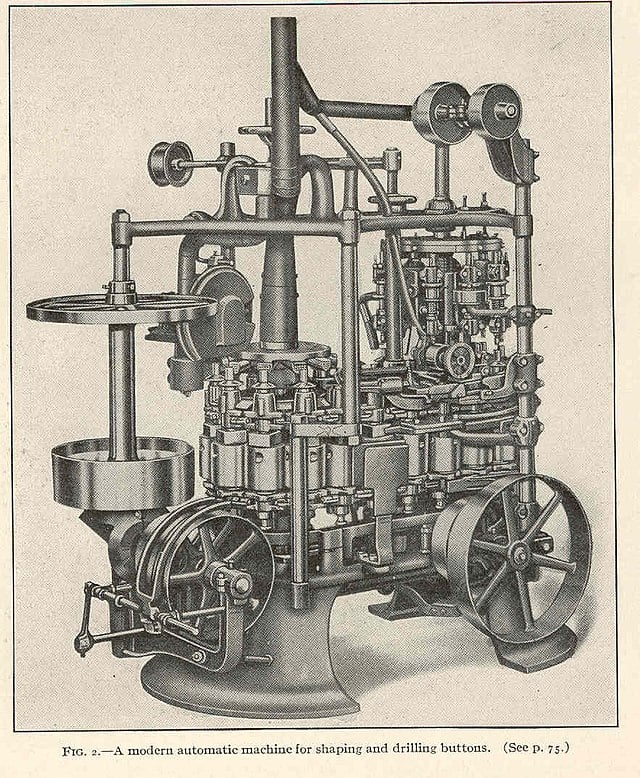We’re preparing to move about 1000mi.
I’m getting my truck ready to tow a trailer for our three potbelly pigs, two cats and a dog.
'98 Ranger XLT with 4.0L V6, auto trans. Rated for 5900lbs tow, 9500 gross. Even has the overdrive disable and good rear end ratio.
I’m adding a Redarc Liberty brake control. The 7-way plug kit I got includes 30 and 40 amp auto reset breakers for the control and trailer power.
Here’s the thing. I don’t like the idea of an automatically resetting breaker at 30 amps or more due to the risk of fire or frying the electronics in my truck. I would prefer to install manual reset breakers. I understand that an auto reset might allow some brake capability in the event of a short and that is why they are used. I just don’t feel like the auto breaker justification is that likely vs the other risks of auto breakers.
How long does it take the auto breakers to reset?
What are the real world risks using manual reset breakers?
Opinions/thoughts greatly appreciated!


Hmm. So you strongly recommend wiring to the battery and using the auto reset breakers as the risk of brake failure is greater than an unattended short.
I’m just a jack at auto repair and electronics and haven’t dealt with trailers since I was a kid on the farm. If you don’t mind me asking, what is your experience with trailers and such?
I would strongly recommend wiring the negative directly to the battery. It is the easiest way to avoid ground issues especially with larger loads.
Can not comment on the breakers as I have no experience with them.
I will do so. Thanks!
That’s my take, yes, because after years of always knowing better than everyone else, I learned to follow the instructions. IMO, this manufacturer is going to know how to best not get sued. My hobbyist automotive experience says this is dangerous if done wrong, but I do have confidence you can do it well enough to never have an issue. My engineering career, on the other hand, has basically taught me I know nothing. If a product exists for a while, it’s probably already optimized. Now yes, this is a universal kit and it doesn’t trust the average person to find a good ground in a half-plastic half-glued unibody car. However, if they give you a roll of wire to run to the battery, I’d just use it. I just did for a modern sedan getting a 4-flat plug. Meanwhile, the trailer kit I built, is an exact case of me actually knowing better. The painted metal, bolted construction, and folding design means grounding is atrociously weak. With LED lights, its not as noticeable with very low amperage and no rust (yet). I’ll add some ground straps across the hinges over the summer when I finish my move and probably do some light welding at the solid corners. Lots of reviews from the incandescent days complained the lights didn’t work at all. With a fixed voltage, higher amperage means lower resistance in the device. So a place the lights a tail light may not light a brake light, and a place that lights a brake light may not power a trailer brake. There is a reason your engine probably has a ground strap to the frame but still has a direct wire between the battery, block, and frame. I’m sure half the people reading this think I’m chicken and I’m cool with that. Again, just sharing my opinion on why I’d follow what they wrote. I’ve done a number of stereos and grounded amps to the body. Eventually, you hit an inconsistent wall and you have to run ground directly to the battery. For an amp, I’d say run it however you want and see what happens. For brakes, I’d say follow the directions.
I assume your 98 Ranger looks much better underneath than my 98 Tracker. I don’t trust any grounds in there given how few body mounts are left. Although, the shock tower cover now makes contact to the actual shock tower in the frame so I guess it’s grounded!
As for the breaker, the auto breaker should be tripping before any fire hazard risk. The wiring should be oversized with a factor of safety. Connections are the weak spot and may get hot, but that’s typical - the heat should sink into the nearby wiring well enough before melting insulation. I understand the risk of draining the battery, but the only electronic issue you’ll find is maybe resetting the clock. Even the tales of jump starts frying ocms seem to be blown out of proportion. I’d highly recommend a little lithium jump pack anyway. $100 for independence, no donor car needed for a jump, no risk of being stuck alone. Lithium is way lighter and holds charge longer than the lead acids of a decade ago.
I’m very much a RTFM guy myself. So much so that I’m getting a front plate that says RTFM. It always amazes me when people kill good equipment through lack of easy maintenance that is clear in the documentation or can’t solve a simple problem because they didn’t look at the instructions. My career is now based on my ability to implement what the instructions say (thus the plate).
I don’t always follow the instructions; but I damn well know when I’m violating them, and why, as well as assessing the risks as best I can. That’s why I’m asking: the instructions didn’t make sense to me but I’m not an electrician or automotive engineer.
I’m real picky about my truck. It has a few dents and paint chips but is pretty cherry. 190k miles. It just got a clean bill of health from a trans shop and I had them add a trans cooler. About to replace plugs, wires. Doing my own hitch install because I don’t trust most shops to drill my frame or torque correctly. Also going to try and find an oil leak. Getting a few drops a day. Hope it’s something simple.
My truck has only surface rust as it has never been on salted roads. I’ve got a 500watt amp under the seat grounded to the cab and I downgraded the fuse to 30amps because it didn’t need the 50watt or whatever it was the kit came with.
My gut says that running the ground to the battery and using an auto reset breaker are a bad idea. However, my gut can be wrong and I’ll ground to the battery and use the auto reset breakers.
Thank you very much for the advice!